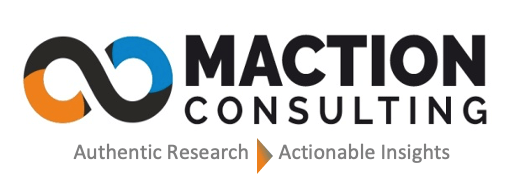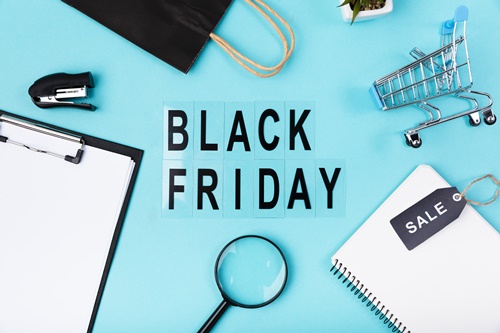Black Friday is no longer just a Western shopping event; it is now a major fixture in the Indian Consumer Behavior calendar. By 2025, the week-long sale has fully matured, bridging the gap between the end of Diwali and the start of year-end gifting. For both global retailers and homegrown brands, success hinges on deep market understanding and precision-guided marketing.
Brands and researchers must move beyond simply offering discounts and focus on creating hyper-personalized, multi-channel shopping experiences, particularly by leveraging mobile-first platforms.
The Indian Shopper Profile: Value vs. Premiumization
The Black Friday India Trends show a sophisticated shopper who is both price-sensitive and brand-conscious.
- The Early Planner: Consumers are starting their research and filling digital wish lists much earlier. The anticipation period—mid-October to early November—is critical for awareness campaigns and early-access sign-ups.
- Tier II & III City Boom: Growth in e-commerce demand is accelerating fastest in Tier II and III cities. To capture this market, Indian Retailer Black Friday Strategy must include vernacular content, localized payment options (like COD), and a robust, reliable logistics network.
- The Search for Value: While shoppers are keen on deep discounts for electronics, appliances, and high-value fashion (the classic Black Friday categories), they also seek value-added services like bundled offers, extended warranties, and flexible payment options (e.g., BNPL).
The key takeaway is that generic email blasts and one-size-fits-all promotions are obsolete. Personalization is the single most critical lever for engagement.
The Conversational Commerce Edge: Leveraging WhatsApp
India remains a mobile-first nation, and WhatsApp Marketing Black Friday is emerging as the highest-impact channel, far surpassing traditional email marketing in open and click-through rates.
Research indicates that WhatsApp messages during sale events see an open rate of up to 98%—a monumental advantage over the average email rate.
Case Study 1: The Abandoned Cart Recovery King
An Indian D2C beauty brand implemented an automated WhatsApp abandoned cart recovery flow. Instead of a generic email discount, the customer received a conversational message offering a free mini-product (a value-add, not just a discount) or priority customer service to complete the order.
- Result: The brand reported a 35% recovery rate on abandoned carts, significantly higher than industry benchmarks, demonstrating the power of conversational immediacy and personalization.
The Strategy Blueprint for Black Friday 2025
To execute a winning Black Friday Marketing Strategy India, brands must focus on three core pillars:
- Phased Communication & Early Access
The sale period is now three weeks, not one day.
- Phase 1 (Pre-Sale/Hype): Focus on building your VIP and early-access lists. Use email and social media to tease the product categories going on sale.
- Phase 2 (Black Friday Week): Launch Exclusive Offers for your VIP segment 24-48 hours early. Use geo-targeting for in-store foot traffic and offer personalized product recommendations based on past purchases.
- Phase 3 (Post-Sale/Cyber Monday): Shift messaging to clearing inventory, promoting gift sets, and, crucially, using the opportunity to enroll new customers into loyalty programs.
- Tiered Discounts to Increase AOV
Instead of a blanket 30% off, brands must employ tiered discounts to incentivize higher spending, thereby Increasing AOV (Average Order Value).
- Example: Spend ₹5,000 for 10% off; Spend ₹8,000 for 15% off + a free gift.
Case Study 2: The Experiential Technology Leap
A large Indian electronics retailer, facing high competition, chose a strategy that focused on experience over just price. They launched an in-app feature using Augmented Reality (AR) that allowed customers to virtually place new televisions and appliances in their homes.
- Result: While the discount was competitive, the AR feature led to a 15% higher conversion rate for products tested in the AR environment, as it lowered purchase anxiety and added a layer of fun and utility to the shopping experience.
Conclusion: The Future is Personalized and Conversational
Black Friday 2025 India demands a shift from volume-driven discounting to value-driven engagement. Brands that invest in capturing quality data—understanding what the customer browses, where they engage (WhatsApp, email, or in-store), and how they prefer to pay—will be the ones to dominate the market. The success of the season will be defined by the brands that manage to make a high-pressure sales event feel like a highly personal shopping experience.


